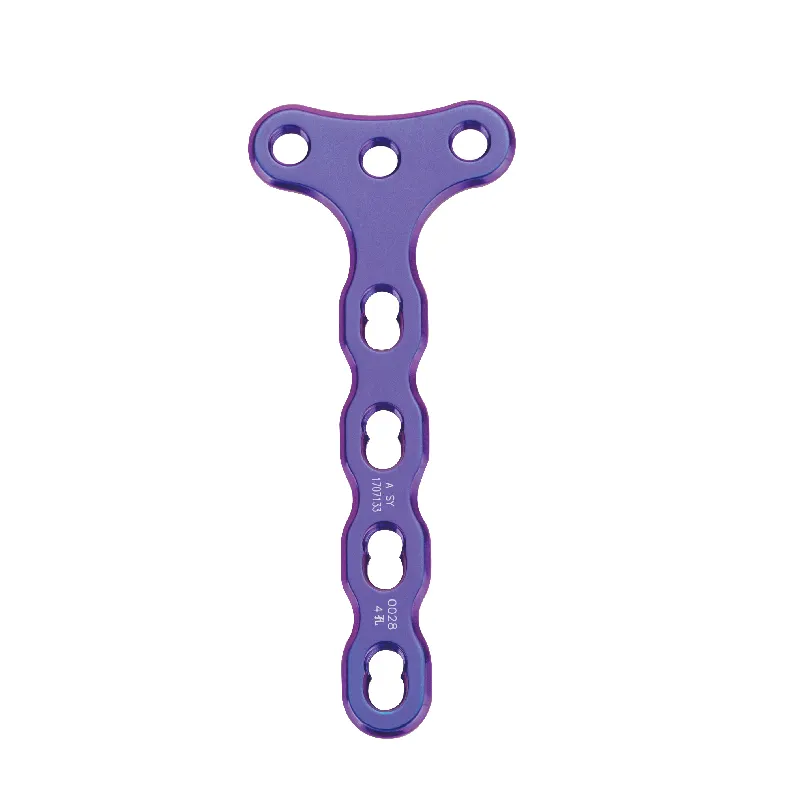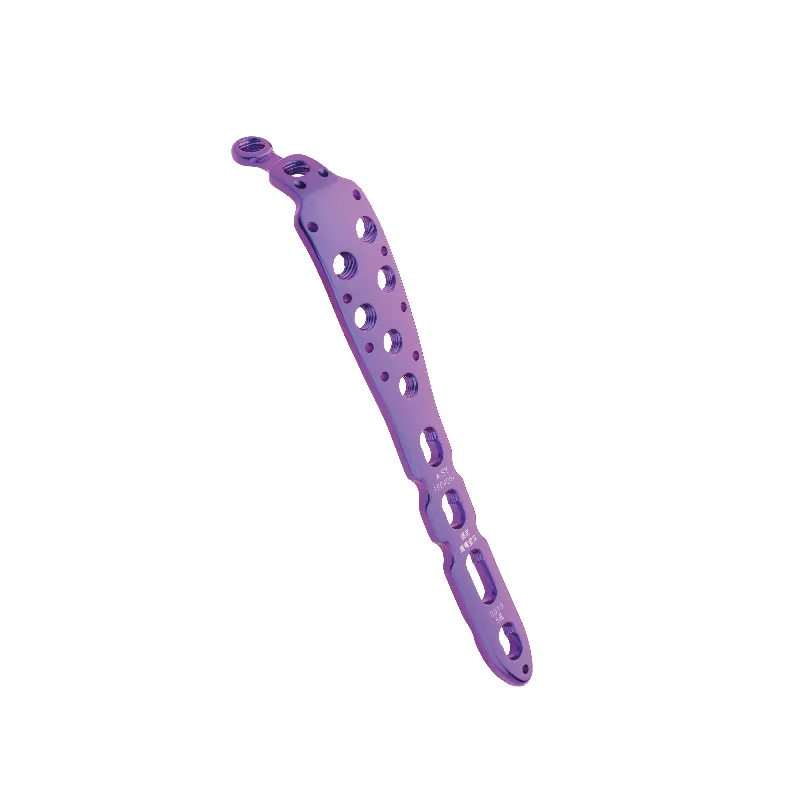Advancements in Surgical Techniques for Complex Bone Fractures
Complex bone fractures present significant challenges to orthopedic surgeons due to their intricate nature and the difficulty in achieving stable fixation. Locking plates have revolutionized the approach to managing these fractures by providing reliable fixation and supporting early mobilization. Their unique design and mechanical advantages have made them a preferred choice in complex bone fracture surgery, improving patient outcomes and reducing complication rates.
Structural Advantages of Locking Plates
Mechanical Stability in Multi-Fragment Fractures
Locking plates provide enhanced mechanical stability, particularly in cases of multi-fragment or comminuted fractures. Unlike traditional plates, locking plates employ screws that lock directly into the plate itself, forming a fixed-angle construct. This design significantly increases the overall rigidity of the fixation, ensuring that the fractured bone segments are securely held in place during the healing process.
The fixed-angle mechanism of locking plates guarantees that the stability of the bone segments is preserved even when subjected to physiological loads. This minimizes micromotion at the fracture site, which is crucial for proper healing. Such stability becomes especially important in complex fractures, where multiple bone fragments are present and achieving perfect alignment is challenging. By reducing movement at the fracture site, locking plates create an optimal environment for bone regeneration and recovery.
Preservation of Blood Supply and Bone Healing
Another significant advantage of locking plates lies in their capacity to preserve the periosteal blood supply. Since locking plates do not need to be compressed tightly against the bone surface, they minimize the disruption of blood flow to the fracture site. Maintaining this blood supply is essential for effective bone healing, as it ensures the delivery of nutrients and oxygen necessary for tissue regeneration. This feature helps reduce complications related to impaired circulation and promotes faster recovery.
Maintaining an adequate blood supply is vital for successful bone healing and plays a significant role in reducing the risk of complications such as delayed union or nonunion. This biological benefit ensures that the fractured area receives sufficient oxygen and nutrients, which are essential for the formation of new bone tissue and repair processes. Because of this, locking plates are especially well-suited for treating complex fractures where the healing process is often more difficult. Their design helps protect the delicate vascular structures around the bone, thereby enhancing the overall healing environment and improving patient outcomes.
Clinical Benefits in Complex Fracture Surgery
Adaptability to Various Fracture Patterns
Locking plates are highly adaptable and can be contoured to fit different anatomical regions and fracture configurations. This versatility allows surgeons to address diverse fracture patterns effectively.
Whether the fracture occurs in the distal femur, proximal humerus, or tibial plateau, locking plates offer versatile fixation solutions tailored to the specific needs of each injury. Their design allows for secure anchorage even in anatomically complex or difficult-to-access bone areas, ensuring stable fixation. This adaptability improves surgical outcomes by providing reliable support where traditional fixation methods might struggle, ultimately contributing to more effective healing and better functional recovery for patients.
Support for Osteoporotic and Fragile Bone
Complex fractures often occur in osteoporotic or otherwise fragile bone, which complicates fixation. Locking plates provide improved screw purchase in weak bone, preventing loosening and implant failure.
This increased fixation stability is especially important for elderly patients or individuals with compromised bone quality. By offering reliable support, locking plates facilitate earlier weight-bearing and rehabilitation efforts. This advantage contributes significantly to improving the overall recovery process, helping patients regain mobility and function more quickly while reducing the risk of complications associated with prolonged immobilization.

Surgical Techniques and Innovations
Minimally Invasive Application
Locking plates are compatible with minimally invasive surgical techniques that limit soft tissue disruption. Using smaller incisions and indirect fracture reduction, surgeons can preserve the fracture hematoma and surrounding soft tissues.
Minimally invasive application of locking plates leads to reduced postoperative pain, lower infection rates, and faster healing times. These advantages are particularly beneficial in complex fracture cases where soft tissue preservation is vital.
Technological Integration for Precision
Advances in imaging and surgical planning have complemented the use of locking plates. Digital tools such as 3D CT scans and navigation systems assist surgeons in precise plate positioning and screw placement.
This integration ensures optimal fixation and alignment, reducing the risk of malunion or hardware complications. Technology combined with the mechanical benefits of locking plates elevates the standard of care in complex bone fracture surgery.
Long-Term Outcomes and Patient Recovery
Enhanced Functional Recovery
The stability provided by locking plates allows for early mobilization and functional use of the affected limb. Early movement is known to accelerate rehabilitation and reduce complications such as joint stiffness and muscle atrophy.
Patients treated with locking plates often experience better functional outcomes and quicker return to daily activities compared to traditional fixation methods.
Reduced Complication Rates
Locking plates have been associated with lower rates of complications such as implant failure, infection, and nonunion. Their design minimizes mechanical failure and preserves biological factors essential for healing.
These benefits contribute to improved long-term success and patient satisfaction following complex fracture surgery.
Frequently Asked Questions
How do locking plates improve fracture stability?
Locking plates create a fixed-angle construct by locking screws into the plate, which enhances mechanical stability and reduces micromotion at the fracture site.
Are locking plates suitable for fragile bones?
Yes, locking plates provide better screw purchase and stability in osteoporotic or fragile bones, reducing the risk of implant loosening and failure.
Can locking plates be used in minimally invasive surgeries?
Locking plates are compatible with minimally invasive techniques, which help preserve soft tissues and promote faster recovery.
What role do locking plates play in early mobilization?
The stable fixation provided by locking plates supports early weight-bearing and movement, leading to improved functional recovery.
 EN
EN
 FR
FR
 ES
ES
 AR
AR

